(NLĐO) - The "monster" containing Earth has swallowed something that is baffling cosmologists.
Inside the ancient star cluster Omega Centauri, believed to be the remnants of a galaxy swallowed by the monster known as the Milky Way – the giant galaxy containing Earth – a "missing link" in cosmology is thought to exist.
Known as an "intermediate-mass black hole" (IMBH), it is elusive, its origins unclear, and its role in the evolution of star clusters and galaxies unknown. For many years, it has remained a major gap in cosmological theories and models.
A study recently published in Astronomy & Astrophysics has delivered bad news.

The Omega Centauri star cluster and two potential "portraits" of what lurks within it, sparking long-standing debate among cosmologists - Photo: ESO
According to Live Science, astronomers first began to doubt the possibility of a black hole existing in Omega Centauri when they noticed that some of the cluster's 10 million stars were moving faster than expected.
That's also why an international team of scientists decided to use the Hubble Space Telescope to examine this star cluster more closely.
What they were expecting was an IMBH with a mass equivalent to 8,200 times that of the Sun.
But then they realized there wasn't just one space-time rift where they were observing, but possibly countless smaller rifts.
In other words, cosmologists have once again "missed the mark" in their hunt for IMBH. They are only looking at a cluster of stellar-mass black holes.
Stellar-mass black holes are one of the two basic types of black holes, formed from the collapse of a supermassive star.
With masses ranging from 10 to several dozen times that of the Sun, they are like tiny specks compared to the other type of black hole, the supermassive black holes—or monster black holes—found at the centers of galaxies, for example, Sagittarius A* in the Milky Way, which weighs about 4 million times the mass of the Sun.
IMBHs, on the other hand, exist primarily in theory. There is some evidence for their actual existence, but it is not conclusive.
There are many different theories about how the type of black hole with mass between the other two types is formed, but no scenario has been widely accepted by the scientific community.
"The hunt for elusive IMBHs continues. There could still be such a black hole at the center of Omega Centauri, but it would have to be less than 6,000 times the mass of the Sun and exist within the same stellar-mass black hole cluster," said Dr. Justin Read from the University of Surrey (UK), co-author.
Nevertheless, Dr. Read and his colleagues still believe that the likelihood of the existence of this 6,000-sun-sized IMBH is low. The scenario of a cluster entirely composed of stellar-mass black holes is far more plausible.
"This work resolves a two-decade-long debate and opens new doors for future discoveries ," said co-author Andrés Bañares Hernández from the Canary Islands Institute of Astrophysics (Spain).
However, there are also opposing views from the scientific community.
Others argue that interactions with other stars may have "shot" these small black holes out of Omega Centauri, so an IMBH remains the most likely explanation for the high-velocity stars at the center of the cluster.
Source: https://nld.com.vn/su-that-ve-lo-hong-vu-tru-hoc-giua-dai-ngan-ha-196250104095514683.htm




![[Photo] Two flights successfully landed and took off at Long Thanh Airport.](/_next/image?url=https%3A%2F%2Fvphoto.vietnam.vn%2Fthumb%2F1200x675%2Fvietnam%2Fresource%2FIMAGE%2F2025%2F12%2F15%2F1765808718882_ndo_br_img-8897-resize-5807-jpg.webp&w=3840&q=75)



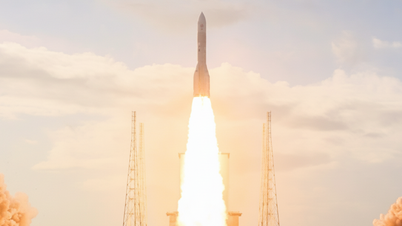



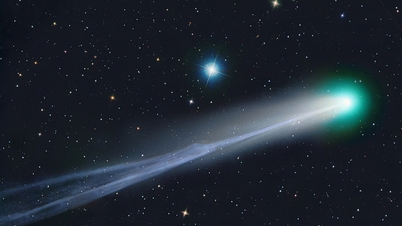
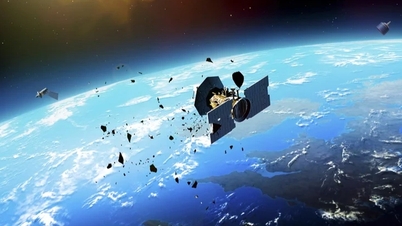

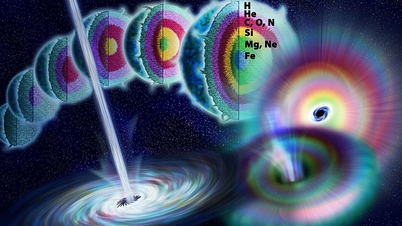










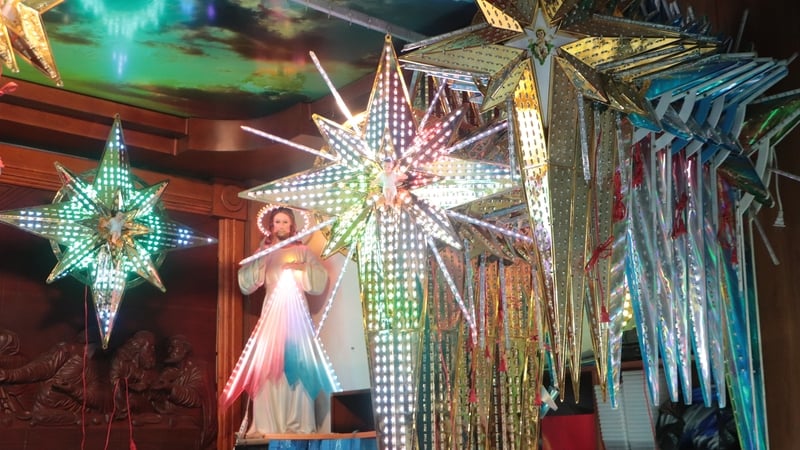








































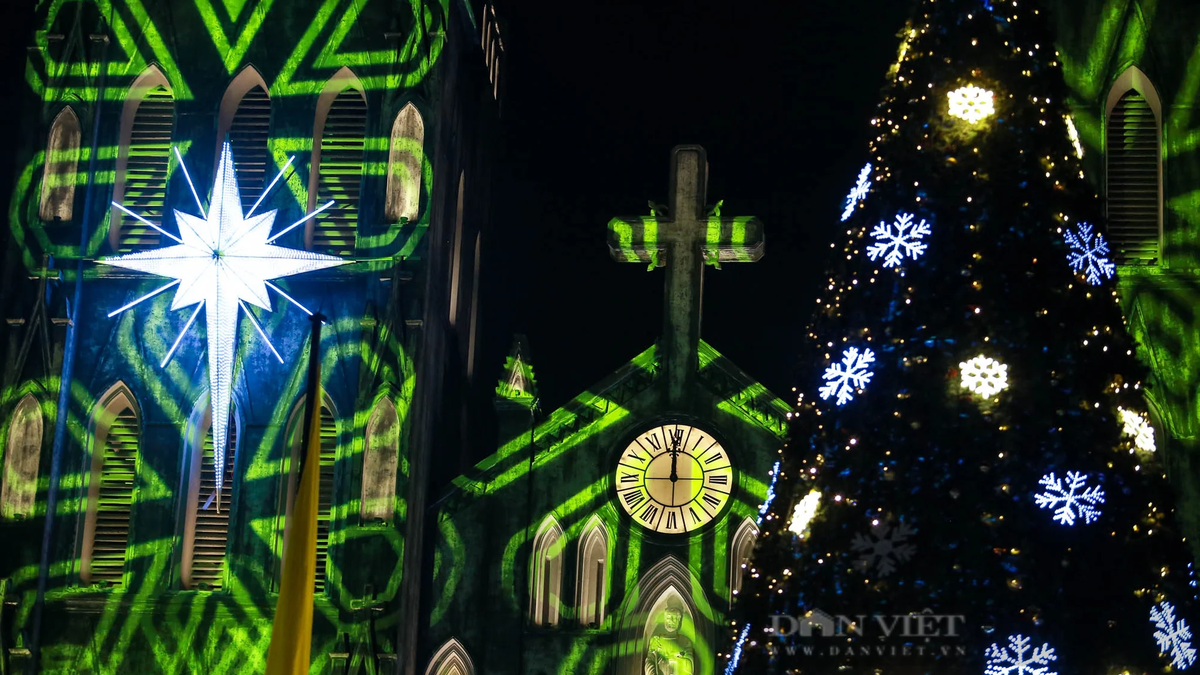








































Comment (0)